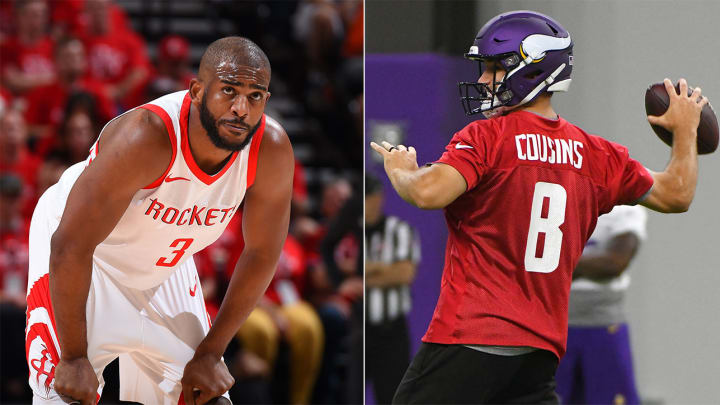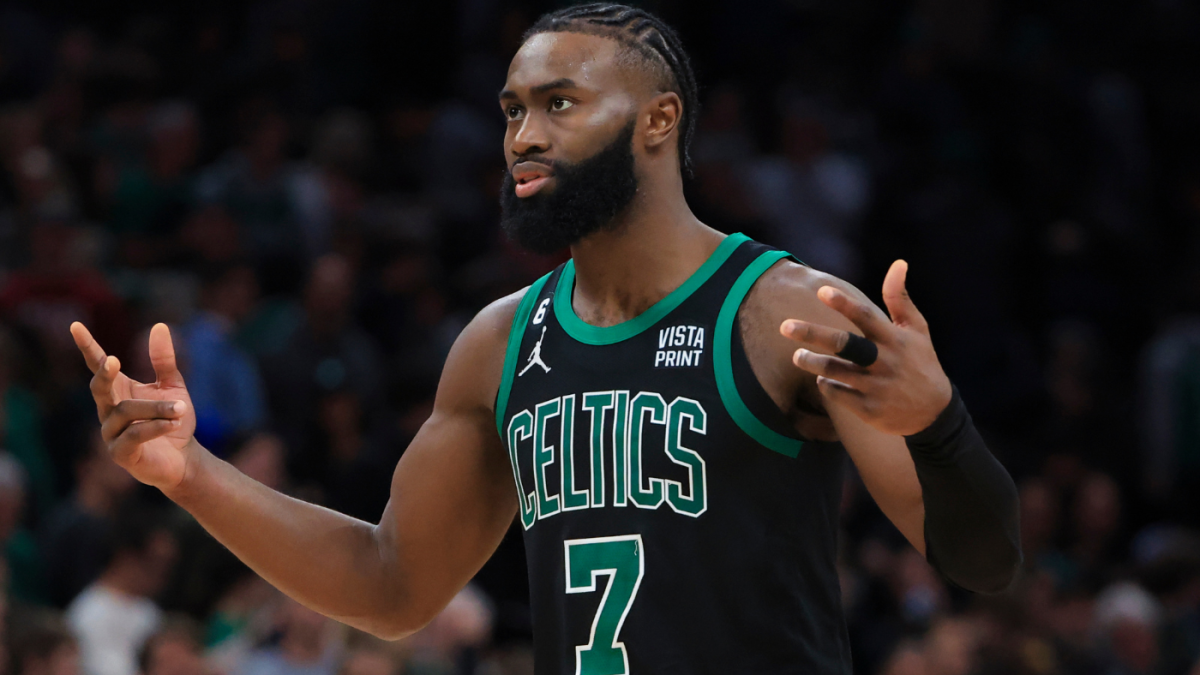Alright, let’s talk about something that kinda bugged me for a while – NBA contracts, specifically the guaranteed ones. You hear commentators or read online, someone gets cut, but they’re still getting paid millions. How does that even work? I just had to dig into it myself to get my head straight.
Getting Started – What’s the Big Deal?
So, my first step was just trying to understand the basic idea. I mean, a contract’s a contract, right? You sign, you play, you get paid. But then you see these massive deals, players bounce around, and the money situation gets confusing. I remember seeing a headline about a player getting waived and thinking, “Wait, does he still get all that cash?” It seemed kinda nuts.

I started just reading discussions online, fan forums, basic sports news articles. Lots of talk about “guaranteed money,” “player options,” “team options,” “non-guaranteed deals.” It was a lot of jargon at first. My initial takeaway was simple: guaranteed means you get the money, no matter what. Even if you get injured, even if you play terribly, even if the team decides they just don’t want you anymore. If that money is guaranteed, it’s yours.
Digging into the Details
Okay, so “guaranteed is guaranteed.” Seemed simple enough. But then, it got more complicated. I started noticing nuances. Not all contracts are fully guaranteed. That was the next layer I had to peel back.
I found out there’s a whole range of possibilities:
- Fully Guaranteed: This is the dream for players. The whole amount, every single dollar for every single year listed, is locked in.
- Partially Guaranteed: Only a certain amount of the contract money is guaranteed. A team might cut a player and only owe them, say, $2 million out of a $10 million salary for that year.
- Date-Based Guarantees: This one was interesting. A contract might become fully guaranteed only if the player is still on the roster past a specific date (like early January). Teams use this to evaluate players early in the season without committing the full salary.
- Non-Guaranteed: Basically, the team can cut the player before a certain point and owe them nothing, or very little. These are common for guys fighting for roster spots, second-round picks, or veterans trying to hang on.
Understanding these differences made things click. It explained why training camps and the early season are so intense for some players – they’re literally playing for their contract to become guaranteed. It also explained why teams sometimes make surprising cuts right before those guarantee dates hit. It’s all about managing the money and roster flexibility.
Why It Matters – The Team vs. Player Angle
Once I got the types down, I started thinking about the implications. For players, obviously, getting as much guaranteed money as possible is huge. It’s security. An injury won’t wipe out their earnings. They can focus on playing without that constant financial pressure (well, less of it anyway).
For teams, it’s a balancing act. Handing out massive guaranteed deals can lock up their salary cap for years. If a player declines or gets hurt, that guaranteed money can become an anchor, limiting their ability to sign other players or make trades. That’s why you see teams being careful, using partial guarantees or non-guaranteed deals for less proven players. It’s all about risk management.
Thinking about specific situations helped too. You see a star player sign a huge, fully guaranteed max contract. That makes sense; they’re the franchise cornerstone. Then you see a fringe player sign a non-guaranteed deal – they have to prove themselves. It’s like the team is saying, “Show us what you got, and then we’ll talk commitment.”

My Takeaway
So yeah, figuring out NBA guaranteed contracts wasn’t rocket science, but it took a bit of digging past the surface. It’s not just one simple thing. It’s a system with layers, designed to balance player security with team flexibility. Understanding guaranteed vs. non-guaranteed, partial deals, and trigger dates really changed how I look at player signings, trades, and even why some players seem to get cut out of the blue. It’s a massive part of the NBA’s business side, affecting everything from roster construction to a player’s livelihood. Pretty interesting stuff once you get into it.
















